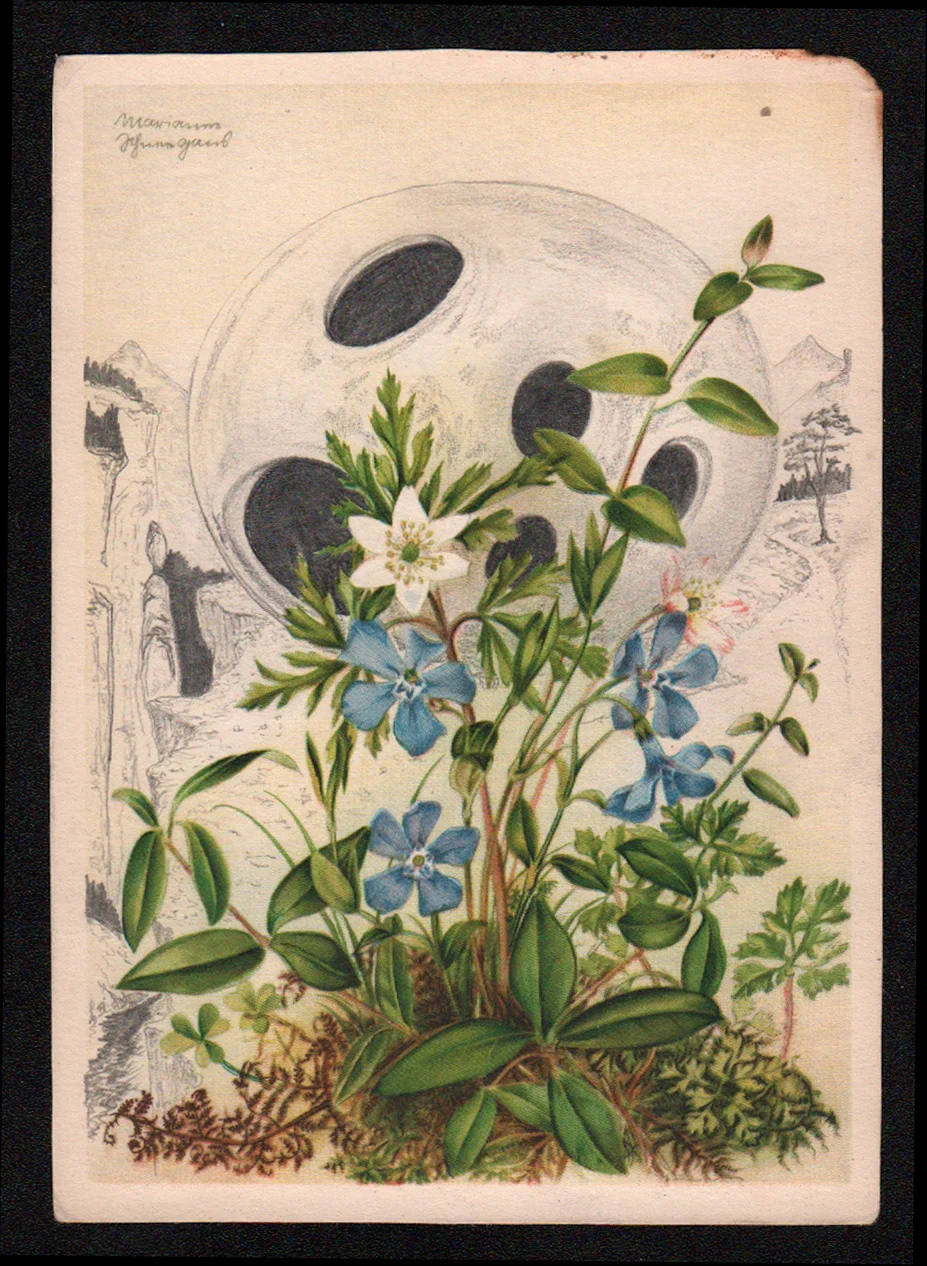Tim Ellis: Cypher
by Sara Jaspan
Decades, Ink & Acrylic on Photographs, 2018
What is history? As the field of histography has made plain, it’s far from simply a set of objective empirical facts rescued from the annals of time. History tells us as much about the present in which it is constructed and the narrator by whom it is told, as the period to which it relates. The common adage – ‘history is the stories we tell about the past’ – rings true. Perhaps it is the attempt to decipher the clues left behind; to brush aside the layers of time-encrusted obscurity.
Yet maybe if we discovered everything there is to know about the past, its appeal would diminish. Does part of its allure relate to a sense of mystery? The rare space it still affords us to imagine and to dream? If so, why does humanity persist in its endless struggle to decode the cycles and patterns that have rippled through the centuries; to uncover, pin down, possess and digest all that came before? In part, because of our desire to understand the present and our place within the world. History is a search for identity; for how we came to be.
Installation view of Cypher @ PAPER, 2018
It is the potential of signs and signifiers of the past to ease reality’s stranglehold on the present and create room for a more imaginative sense of possibility that colours the work of London-based artist Tim Ellis. Operating from within this territory, his musicological displays and totemic sculptures of the last few years have combined a diverse range of real, modified and replica objects from different cultures and time periods, resulting in what appear like the strange relics of a lost, but not entirely alien society. A logic behind these invented ‘artefacts’ seems implicit, yet as elusive as the beliefs and practices that motivated the construction of Neolithic earthworks millennia ago. We are left with a similar longing to know and understand.
In his latest body of work, however, Ellis moves a stage beyond; replacing these physical traces of a strange, forgotten people with a window into their world. Entering his current exhibition Cypher at PAPER feels akin to being initiated into a closely-guarded secret. From one wall, a sea of faces gazes out from a set of 1920s cigarette cards which, like most of his material, Ellis sourced from charity shops and then altered; in this case through the painted addition of masks. The arrangement abruptly dissolves from a tightly packed grid into a sparse scatter, suggesting a great number of portraits missing. Are we encountering this civilisation in its final death-throws, ravaged by war or half wiped-out by disease? What is the meaning behind their hidden identity?
Elsewhere, a number of delicately drawn, ornate buildings rise up behind the floral design of a set of antique postcards; a landscape unfolds across a series of black-and-white photographs ‘brought to life’ through the addition of colour and a set of floating structures which read (to my mind) like the kingdom’s hovering space-craft; a sequence of ink drawings on fragile handmade-paper take on the appearance of cryptic maps or diagrams that perhaps hold the answer to our questions.
New Dawn I, Graphite on found antique postcard, 2018
Ellis possess a clear love of maps, which again serve as a record of the ideas, stories and beliefs held and projected onto the world by different cultures in our timeless, universal effort to locate ourselves within it. In a return to the sculptural element of his practice, several of the diagrammatic drawings have additionally been overlaid with the cigarette card portraits and folded into squat constructions or landscapes – consolidating the relationship between identity and place. As Ellis quoted in an email to me, the Italian writer Italo Calvino once wrote: “maps presuppose the idea of a narrative because they are conceived on the basis of a journey, an odyssey.” They also allow us to travel without leaving a space.
Perhaps this has been invaluable for the artist, who has previously journeyed across Europe and North America collecting objects and sourcing ideas, yet recently spent eight-months confined to bed for health reasons (hence the shift to making drawing and paper-based work – a challenge which he has embraced). History, narrative and maps all provide a form of space or time travel, fuelled by imagination. Written in indecipherable code, Ellis’s accompanying handbook or ‘field guide’ to the exhibition deliberately resists explanation – leaving the visitor with no choice but to rely upon their own story-telling capacity as a means of engaging with the show. It is a generous invitation to join Ellis in the same space of creative invention.
Towards the end of one of our conversations, Ellis lamented that there is “not enough mystery in the world today,” only to immediately recant this claim. Despite the apparent ‘Information Age’ we live in, the world is still full of fundamental questions regarding the nature and meaning of existence, and hopefully always will be. Cypher embraces these unknowns with a sense of joy, finding freedom in uncertainty.
by Sara Jaspan
Systems and Parallels XXVI, Ink on handmade paper, 2018




